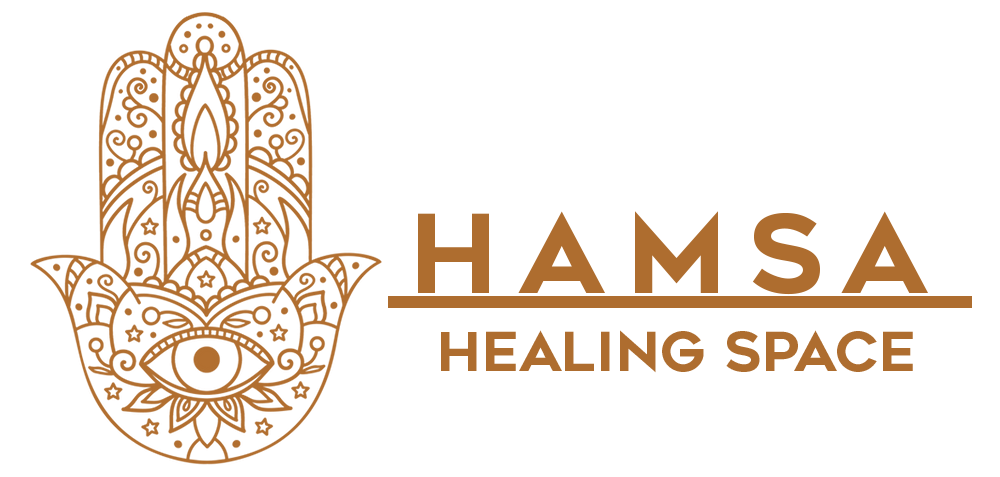How love, lust, and intimacy differ and adjusting my expectations
Love, lust, and intimacy are three distinct yet interrelated concepts that are often used interchangeably, however differ greatly. Understanding the differences between these experiences is important for developing and maintaining healthy interpersonal and romantic relationships, whether romantic or otherwise. In this help article, we will explore the distinctions between love, lust, and intimacy.
Love is a complex emotion that is often described as a feeling of intense affection, attachment, and care for someone or something. It is a multifaceted emotion that can be expressed in a multitude of ways, including through words, actions, and physical touch. Love is often associated with commitment, trust, integrity within the dynamic, respect, and a deep emotional connection.
Non romantic love is known as platonic adoration and a meaningful, mutually – shared sense of concern and caring investment into another person’s experiences, decisions, and general outcomes and circumstances. This form of love can be accessed through peer relationships and familial relationships. Non romantic love is a type of connection in which allows for a person to experience building closeness without fear of commitment in a romantic partnership. The benefits of non romantic love include interpersonal curiosity and growth, self reflection within a commitment in a non romantic relationship, developing boundaries, and the practice of securing relationships with individuals with shared values.
Romantic love can be broken down into three main components: passion, intimacy, and commitment. Passion refers to the intense desire, action and sexual attraction between two people. Intimacy involves emotional closeness with a more open level of vulnerability, and a deep connection. Commitment refers to the decision to remain in a partnership for an extended period of time and/or indefinitely.
Lust is often associated with a physiological element towards achieving sexual gratification. It is often described as a fixation which leads to the physiological and mental aspects of craving someone else’s body and/or the act of sex. Lust is primarily driven by sexual attraction, and it is often characterized by an absence of emotional connection or intimacy.
Lust is a powerful force that can be difficult to resist, but it is not the same as love. It is a temporary state of being which is commonly based on physical appearance, sexual chemistry, or a desire for immediate gratification. Lust can also be destructive if it is not balanced with other aspects of a relationship, such as emotional connection and trust.
Intimacy is a feeling of closeness and connection between two people. It involves sharing personal thoughts, feelings, and experiences with another person. Intimacy can involve physical touch, such as hugging or holding hands; however is not rooted in sexual, goal-oriented touch. Intimacy can be both emotional and physical, and it is often an essential component of a healthy relationship.
Intimacy can be broken down into four main types: emotional, physical, intellectual, and experiential. Emotional intimacy consists of sharing personal thoughts and feelings with another person, and requires empathy, trust, and understanding. Physical intimacy involves touch and in romantic relationships, often involves exchange of sexual activity. Intellectual intimacy involves sharing ideas and participating in deep conversations with another person. Experiential intimacy involves sharing experiences and creating memories together, while building new interests as a couple.
In conclusion, love, lust, and intimacy are complex concepts that are often used interchangeably, but they are not the same thing. Love involves a deep emotional connection, while lust is primarily driven by sexual desire. Intimacy involves emotional and physical closeness, and it can be an important aspect of both love and lust. By understanding the differences between these three concepts, we can develop healthier and more fulfilling relationships.




